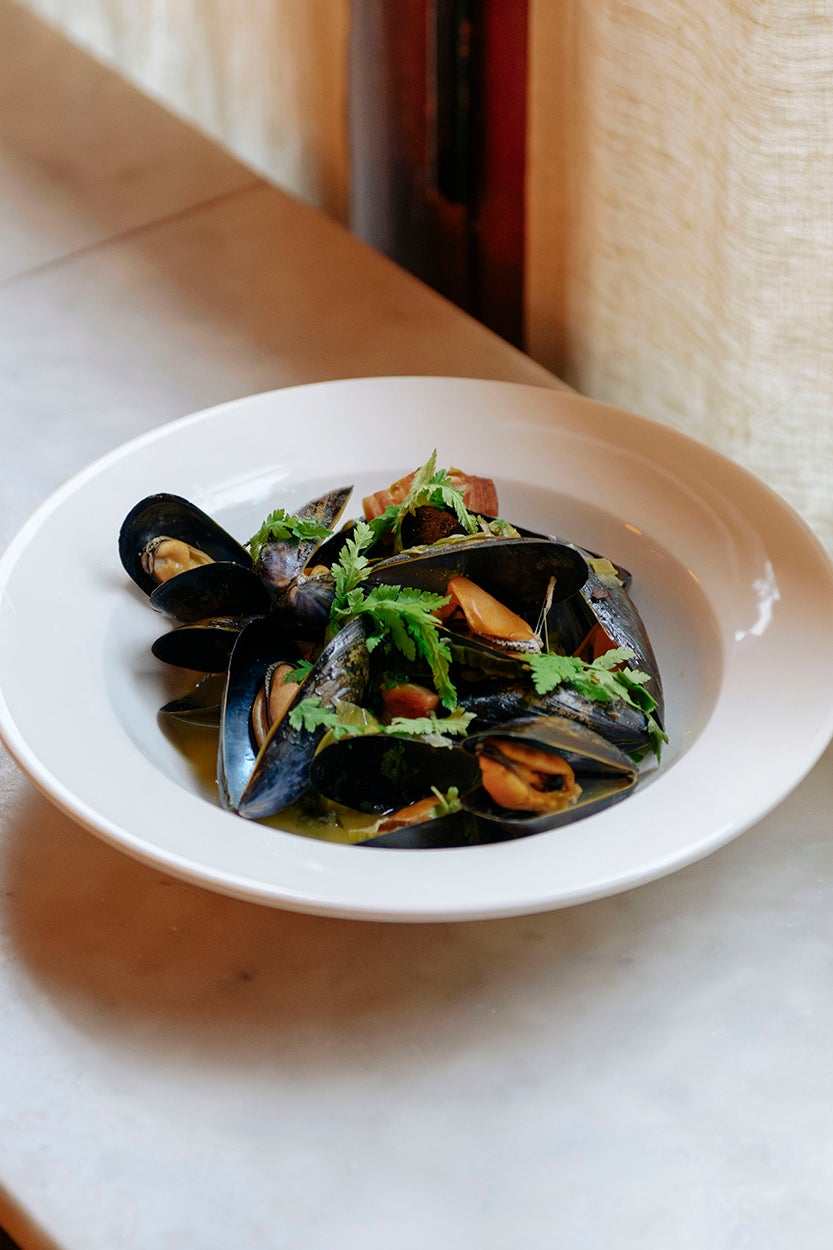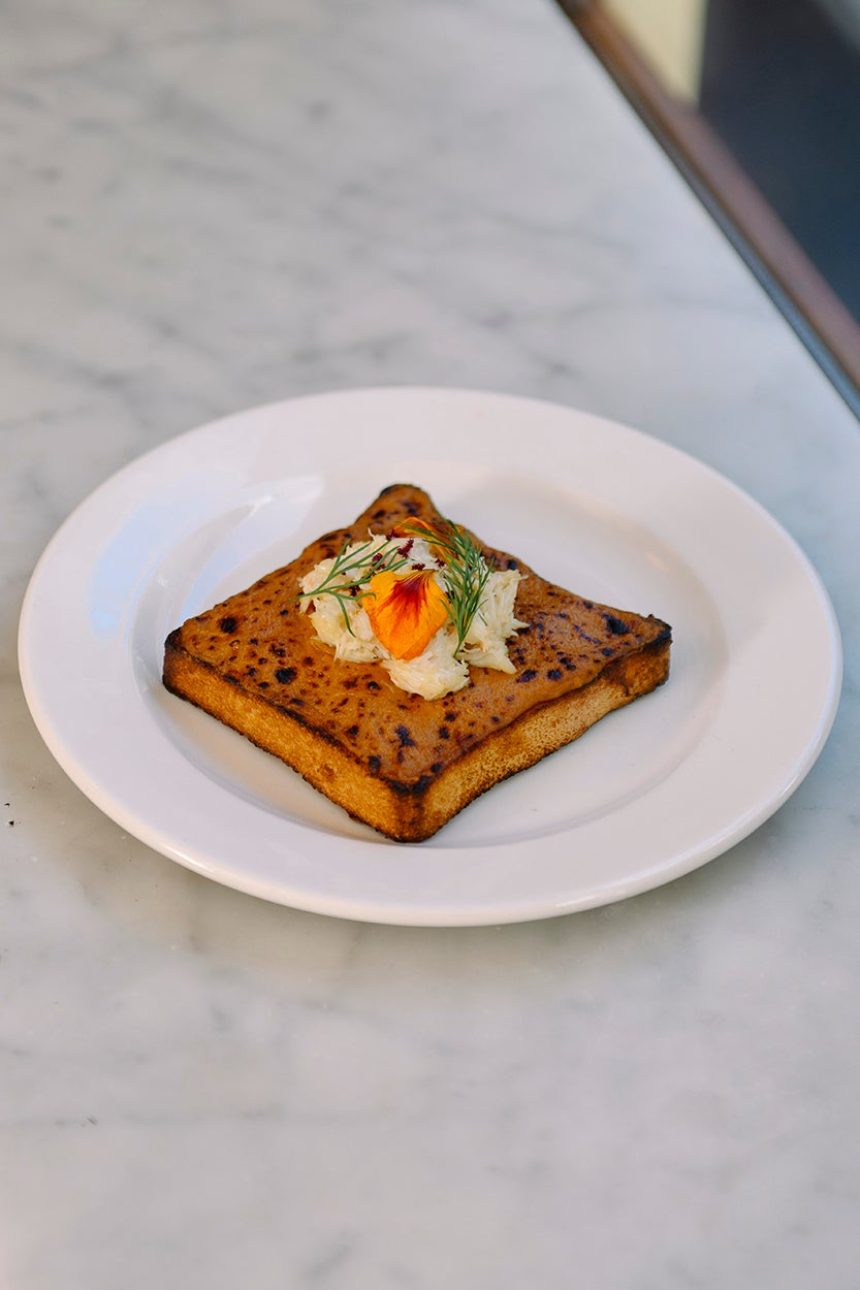Your support helps us to tell the story
From reproductive rights to climate change to Big Tech, The Independent is on the ground when the story is developing. Whether it’s investigating the financials of Elon Musk’s pro-Trump PAC or producing our latest documentary, ‘The A Word’, which shines a light on the American women fighting for reproductive rights, we know how important it is to parse out the facts from the messaging.
At such a critical moment in US history, we need reporters on the ground. Your donation allows us to keep sending journalists to speak to both sides of the story.
The Independent is trusted by Americans across the entire political spectrum. And unlike many other quality news outlets, we choose not to lock Americans out of our reporting and analysis with paywalls. We believe quality journalism should be available to everyone, paid for by those who can afford it.
Your support makes all the difference.
Winter might bring long nights and biting winds, but at Camille – Elliot Hashtroudi’s French-inspired restaurant in Borough Market – the kitchen glows with the promise of comfort.
Known for its dedication to sustainability, Camille’s menu champions nose-to-tail and root-to-tip cooking, with an emphasis on impeccable produce and less celebrated ingredients. It’s a philosophy that Hashtroudi brings to life with inventive dishes rooted in regional French traditions, reimagined with a British twist.
For those who prefer to stay warm at home, Hashtroudi has shared three indulgent winter recipes that channel the soul of Camille.
There’s a robust onglet steak paired with fragrant Café de Paris butter – its golden richness spiked with curry powder and anchovies – served alongside the peppery crunch of spoonwort or watercress. For something decadent, try the Dorset crab and Lincolnshire Poacher croque, an elevated take on the croque monsieur that combines zesty crab with Britain’s answer to Comté cheese. And finally, a bowl of mussels with smoked bacon and fennel, swimming in an anise-laced broth that evokes the flavours of Marseille – perfect for soaking up with fresh bread.
Hereford onglet, Café De Paris butter and spoonwort
“Butchered from the diaphragm, onglet has a unique flavour and open texture. Often neglected or reserved for butchers themselves, onglet is a cut not to be missed. A heavy sear to form a crust, served rare to medium rare, and slicing the onglet across the grain are essentials for this Camille classic.
“Café de Paris butter is fragrant, unctuous and undeniably moreish!
“Spoonwort grows on salt marshes and flourishes in the winter; by spring it produces wonderful white flowers. These succulent leaves share a similar flavour to horseradish and have peppery notes while also being rich in vitamins. This unmistakably pleasant pungency of the cruciferous species can be foraged widely across Britain.”
Note: It’s just as important to bring the onglet out of the fridge to reach room temperature just before cooking as it is to give it a nice long rest.
Serves: 2
Total time: 30 mins
Ingredients:
1 grass fed, 28-day aged onglet (trimmed of excess fat and connective tissue that divides the cut. These can be rendered down to cook with or saved for stocks)
For the side salad:
200g spoonwort (or watercress if not available), washed
100ml extra virgin olive oil
25ml chardonnay vinegar
For the Café de Paris butter (this will keep for 7 days; serve 250g for 2 people):
500g unsalted butter (room temp)
2 tbsp curry powder
1 tbsp sweet smoked paprika
½ tsp cayenne pepper
1 lemon, zested
6 Ortiz anchovies
200ml ketchup
100ml Dijon mustard
20ml Worcestershire sauce
2 tbsp double cream
25ml brandy
25ml calvados
3 garlic cloves, minced
½ bunch flat leaf parsley
½ bunch chives
½ bunch tarragon
100g capers
Method:
1. Begin by taking the onglet out of the fridge, pat dry the meat and allow it to come to room temperature while you make the butter.
2. To make the butter, finely chop the herbs and place into a food processor. Blitz these for 30 seconds and then add all the “wet” ingredients to the processor (including the zest and garlic but not the capers).
3. Now, add the dry ingredients and spices. Then add the butter and season with salt. The butter should emulsify and form all as one. It should be bold both in colour and flavour. Allow the curry powder to be certainly present but not overpowering. Finish it by stirring in the capers.
4. For the onglet, oil the steaks and liberally season with sea salt and cracked black pepper.
5. Heat a cast iron pan until smoking hot. Add the onglet to the dry pan and resist the urge to turn the steaks or move them. Allow to cook for 2 minutes and then turn over.
6. Once both sides have had 2 minute and a crust has formed, you may begin turning the onglet more frequently (where necessary) and for a cooking time of 6-9 minutes depending on preference. Add a small knob of butter to the pan and butter baste the onglet.
7. Remove the onglet from the pan and allow it rest for 8 minutes.
8. While the onglet rests, melt slowly 250g of Café de Paris butter on a low heat. Be aware that a high heat will split the butter, if this happens add a dash of cold water to emulsify it again.
9. Dress the spoonwort in the simple mixture of chardonnay vinegar and extra virgin olive oil.
10. To serve, pour the Café de Paris butter onto a platter first. Then slice the rested onglet against the grain and place onto of the butter. Bundle the aromatic spoonwort to the side of the plate. Finish both the onglet and spoonwort with sea salt flakes.
Dorset crab and Lincolnshire Poacher croque
“Theres a unique harmony between crab and cheese. A bechamel sauce based of the regional sauce Nantua has inspired me for this dish, amongst other things like the highly celebrated croque madame and the nutty Lincolnshire poacher – Britain’s answer to Comte.”
Serves: 4
Prep time: 30 mins | Cook time:5 mins
Ingredients:
White tin loaf bread, farm house style, sliced thick
200g white crab meat, picked
1 lemon
Mayonnaise (homemade is preferred. If not, French style is fine, heavy on the mustard!)
125g butter
500ml whole milk
50ml Worcestershire sauce
100ml Guinness
125g flour
1 tsp cayenne
1 tbsp smoked paprika
2 tbsp Dijon mustard
175g Lincolnshire Poacher, grated
100g brown crab meat, picked
Method:
1. To begin you will need to make your “Nantua”-based bechamel sauce. This will be the cheesey mixture that goes on top of the bread. Add the butter and flour to a sauce pan and make a roux. Carefully cook the flour out on a medium to low heat; be careful not to burn the flour or to undercook it. Add the cayenne, paprika and mustard.
2. Whisk in the Guinness and Worcestershire sauce. Combine carefully and then add the milk. The sauce should now resemble a bechamel – (think lasagne style sauce).
3. Now add the Lincolnshire Poacher and whisk until smooth, silky and cheesey. The cheese should melt into the sauce beautifully.
4. Take the sauce off the heat, stir in the brown crab meat and transfer to a container. Place in the fridge to chill. This wants to firm up into something more solid and shapable.
5. While the Nantua cheese sauce is cooling, add your white crab meat to a separate bowl. Add the zest of half a lemon, 1 tbsp lemon juice and 1 tbsp of mayonnaise (to help bind) and season accordingly. Place this in the fridge.
6. Next, toast your thick sliced tin loaf; you can do so under the grill or in the toaster.
7. Once your Nantua mix has reached a firmer and spreadable texture, smear it onto the toasted bread. Be sure to reach all the edges and be very generous with the amount of mix on the toast.
8. Place the cheese loaded toast under the grill until it blisters, bubbles and has caramelised.
9. Add a heaped tablespoon of white crab mix to the cheesey toast croque and finish with some sprigs of dill or seasonal British edible wildflowers.
Mussels, smoked bacon, cicely

“This Mussel dish is a bit of a nod to the seafront in Marseilles. There’s some smoked bacon lardons in there. There’s some fennel in there, plus a splash of pastis for more of those aniseedy flavours. I think that if you go to Marseilles and don’t come back with a thirst for aniseed, you’re doing something wrong!”
Serves: 2-3
Prep time: 15 mins | Cook time: 20 mins
Ingredients:
500-750g mussels
250g smoked bacon lardons or pancetta
1 fennel bulb, trimmed
4 leeks, trimmed
200g butter
5 cloves of garlic, minced
2 tsp fennel seeds
225ml white wine
50ml pastis
Method:
1. Begin by rinsing your mussels to draw any grit out. Then carefully beard the mussels by removing any fibrous threads attached. Once done, keep refrigerated.
2. Cube the smoked bacon into lardons and fry in a pan until crispy, set aside.
3. Finely dice the fennel and leeks. Add to a pan with 100g butter, plus the garlic and fennel seeds. On a low heat, cook the vegetables until soft. This should be a slow process, as you don’t want to colour or brown the leeks, almost confit the vegetables. Once soft, set aside.
4. Put a pot on the hob at full heat with a lid ready at hand. This pot should smoke when it’s hot enough to use but be careful not to overheat it. Quickly add the mussels, bacon lardons, fennel and leek mix, white wine, pastis and the remaining 100g of butter, then fit the lid.
5. Move the pan around to mix everything together but keep it on the heat. After a few minutes, remove the lid and see if all the mussels have now steamed themselves open. If they have, great, you’re ready! If not leave them on the heat for a little longer.
6. Serve in a bowl. There should be a nice buttery, aniseedy broth around the clams. Finish with picked sweet cicely or simply eat with a baguette.
Recipes by Elliot Hashtroudi, head chef at Camille (2-3 Stoney Street, London, SE1 9AA)








